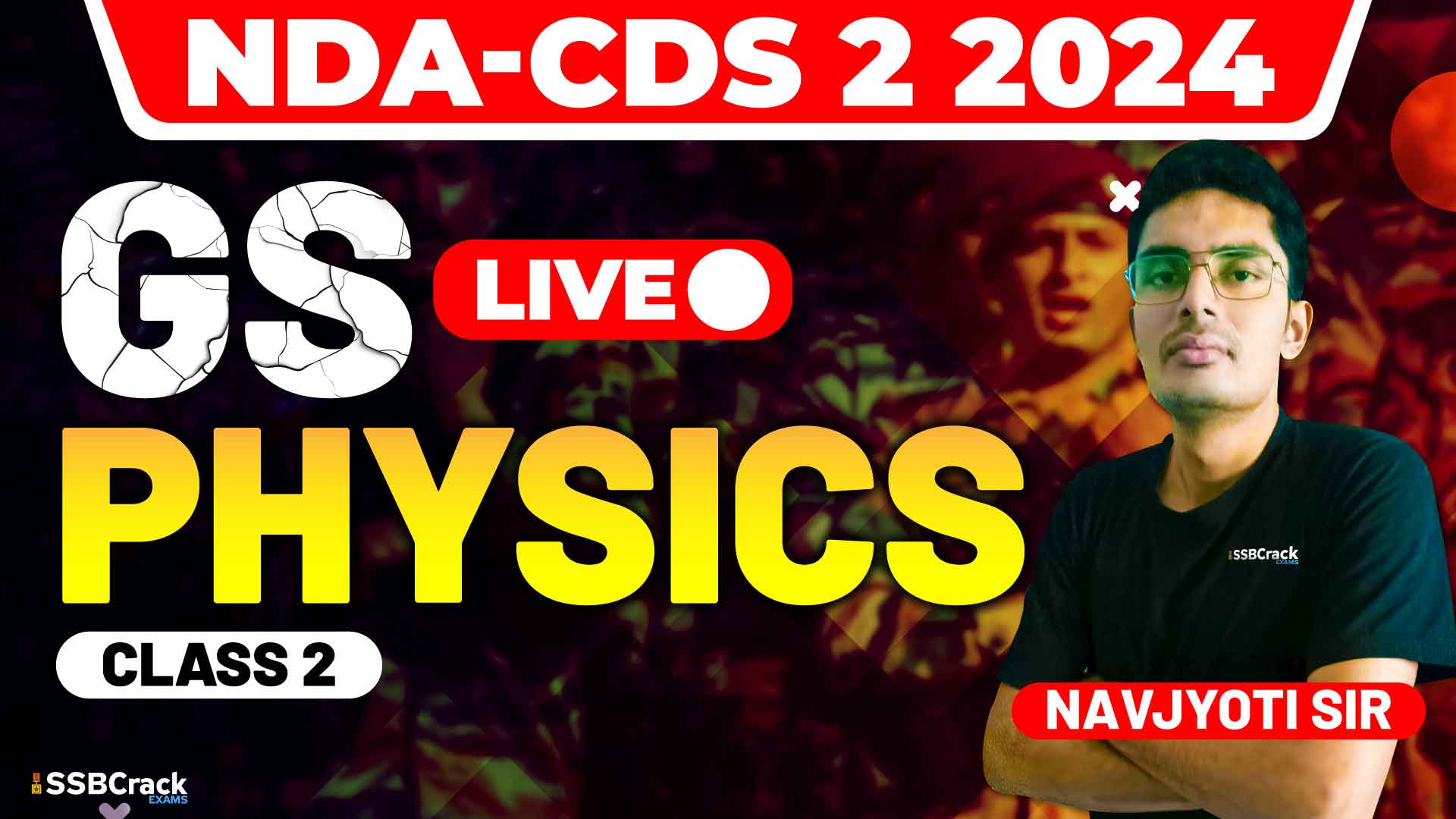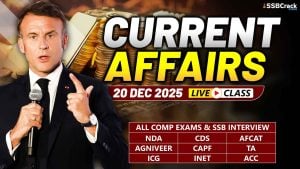The reflection of light is a fundamental concept in physics, crucial for students preparing for competitive exams like the NDA (National Defence Academy) and CDS (Combined Defence Services). This topic not only forms the basis for understanding various optical phenomena but also frequently appears in exam questions. In this article, we will explore the key aspects of the reflection of light, including its laws, the behavior of plane and curved mirrors, the mirror formula, and magnification. Our aim is to provide a clear and concise overview to help you grasp these concepts effectively.
What is Reflection of Light?
Reflection is the phenomenon where light rays bounce off a surface. When light encounters a surface, part of it is absorbed, part is transmitted, and the rest is reflected. This reflected light allows us to see objects and forms the basis of various optical instruments.
Laws of Reflection
The laws of reflection govern how light behaves when it reflects off a surface. These laws are fundamental and apply to all reflective surfaces, whether flat or curved.
- The First Law of Reflection: The angle of incidence (the angle between the incident ray and the normal) is equal to the angle of reflection (the angle between the reflected ray and the normal).
- The Second Law of Reflection: The incident ray, the reflected ray, and the normal to the surface at the point of incidence all lie in the same plane.
These laws are crucial for understanding how light interacts with different surfaces and are the foundation for further exploration of optical phenomena.
Plane Mirrors
A plane mirror is a flat, reflective surface. The image formed by a plane mirror has several distinct characteristics:
- Virtual Image: The image cannot be projected onto a screen as it appears to be behind the mirror.
- Same Size: The image is the same size as the object.
- Laterally Inverted: The left and right sides of the image are reversed.
- Upright: The image is upright, maintaining the same orientation as the object.
- Equal Distance: The distance from the object to the mirror is equal to the distance from the image to the mirror.
Curved Mirrors
Curved mirrors are of two types: convex and concave mirrors. Each type of mirror has distinct properties and applications.
Concave Mirrors
Concave mirrors have a reflective surface that curves inward, resembling the inside of a sphere. These mirrors can form real or virtual images depending on the position of the object relative to the mirror. Key properties include:
- Real and Virtual Images: Depending on the object’s distance from the mirror, the image can be real (projectable) or virtual (not projectable).
- Magnified or Diminished: The image can be larger or smaller than the object.
- Inverted or Upright: The image can be inverted or upright.
Concave mirrors are commonly used in applications requiring focused light, such as telescopes, headlamps, and shaving mirrors.
Convex Mirrors
Convex mirrors have a reflective surface that curves outward. These mirrors always form virtual, diminished, and upright images regardless of the object’s position. Key properties include:
- Virtual Image: The image cannot be projected onto a screen.
- Diminished: The image is smaller than the object.
- Upright: The image maintains the same orientation as the object.
Convex mirrors are widely used for their wide field of view, such as in vehicle side mirrors and security mirrors.
Mirror Formula
The mirror formula relates the object distance (distance from the object to the mirror), image distance (distance from the image to the mirror), and the focal length (distance from the mirror to its focal point) of a mirror. Understanding this formula is essential for solving problems involving image formation by mirrors.
The mirror formula helps determine the position and nature of the image formed by the mirror, whether real or virtual, upright or inverted, and magnified or diminished.
Magnification
Magnification is a measure of how much larger or smaller the image is compared to the object. It is an important concept when dealing with both plane and curved mirrors. Magnification can be calculated using the image distance and object distance. The sign and magnitude of magnification tell us about the size and orientation of the image:
- Positive Magnification: The image is upright.
- Negative Magnification: The image is inverted.
- Magnitude Greater Than 1: The image is larger than the object.
- Magnitude Less Than 1: The image is smaller than the object.
Practical Applications and Exam Tips
- Memorize Key Characteristics: Remember the key characteristics of images formed by plane, concave, and convex mirrors.
- Use the Mirror Formula: Practice using the mirror formula to solve problems related to image distance, object distance, and focal length.
- Understand Magnification: Grasp the concept of magnification and practice calculating it for different mirror setups.
Conclusion
The reflection of light is a foundational topic in physics that plays a critical role in understanding optical phenomena and solving related problems. For NDA and CDS aspirants, mastering this topic can greatly enhance problem-solving skills and accuracy in exams. By understanding the laws of reflection, the behavior of plane and curved mirrors, the mirror formula, and magnification, candidates can tackle a variety of questions with confidence.
Incorporate these concepts into your study routine, practice regularly, and make use of diagrams and examples to solidify your understanding. With a strong grasp of the reflection of light, you will be well-prepared to excel in the physics section of your NDA and CDS exams.



















